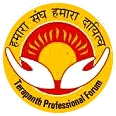
Terapanth Professional Forum Raipur
Workshop on “Preksha Meditation & Life Science”
TPF Raipur organized a four hours’ Workshop on the theme- "Preksha Meditation & Life Science " on Sunday, 16th October 2011 from 10:00 AM in the holy presence of Samani Gyan Pragya ji.
The programme started with “Arihant Vandana”. Mr. Surendra Kumar Choraria, the President, TPF, Raipur Branch delivered the welcome speech and after that the dais was handed over to Mrs. Ritu S Jain (Choraria), the Coordinator, TPF, Raipur Branch. She explained the concept of Preksha Meditation & Life Science in brief.
She told that Preksha Meditation is the practice of purifying our emotions and our conscious (chitta) and realizing our own self. It is a technique of meditation for attitudinal change, behavioural modification and integrated development of personality. Started in 1970 Preksha Meditation is the result of the untiring efforts of Ganadhipati Tulsi and Acharya Mahapragya. Preksha Meditation is for everyone, irrespective of his or her race, religion, language, colour, gender and belief.
Samani Jinpragya ji in her highly motivational language explained that the word Preksa is derived from the root ‘iksa’ that means 'to see'. When the prefix 'pra' is added, it becomes pra + iksa = preksa, which means to 'perceive carefully and profoundly. Preksha Meditation has proved as a panacea for transmutation of thoughts; development of right emotions; positive thoughts and increasing the overall efficiency of mind and body. The objective of meditation is not to acquire physical goodness alone, but to acquire total psychical goodness by eradicating all evils from one's thoughts, speech and action.
Samani Shri Jinpragyaji explained in detail, five Disciplines of Preksha Meditation, which are Bhāv kriya; Act; Amity; Diet and Silence.
Bhava kriya - is synchrony of mental and physical actions. It is a threefold action comprising of present mindedness; complete awareness of one's actions and 3. uninterrupted (spiritual) vigilance.
Act means to keep on doing. It does not mean 'react'.
Behaviour of a sadhaka should radiate friendliness, compassion and sympathy. The sadhaka should be ever vigilant in this respect and cultivate amity.
Dietetics is an important facet of meditation practice. Intake of food deeply influences not only our physical health, but also mental tendencies and emotional states. Sadhaka should be vigilant towards his diet, avoid over eating. He should particularly abstain from such foods and drinks as are unsalutary to one's health, physical as well as mental.
The last discipline of the initiation is - controlled speech or complete silence. We speak in order to communicate with one another. Sadhaka should be careful to effect full control over his speaking mechanism. It should be used only when necessary. His speech should be modulated and measured.
The main aim of the practice of preksha dhyana is purification of emotions, psyche, consciousness and realization of the self. When the mind is cleansed peace of mind automatically surfaces. Balance of mind, equanimity and the state of well-being are also experienced simultaneously.
Samaniji elaborated the benefits of preksha mediation. These are physical, mental, emotional as well as behavioural. She told that physically it provides biological changes, strengthens immune system, sustains optimal health, removes tension, revitalize body cells and improves respiration and flow of vital energy.
Preksha meditation improves mental balance. It increases memory, concentration and decision power. It also cleans and relaxes the mind. Overall it enhances the will power and builds self-confidence.
On emotional front, the preksha meditation transforms negative emotions into positive and removes psychological distortions. It also changes our attitude and habits. One can get rid of habits like addiction, violence etc. Summarily she described that the preksha meditation increases the work efficiency, creativity, detachment and good qualities.
Speaking on the elements and techniques of preksha meditation, Samani Shri explained with practical action the four techniques of meditation viz. Kayotsarga, Antaryatra, Dirgha Svasa Preksa and Lesya dhyana.
Kayotsarga provides complete relaxation with self-awareness. The practice calms the nervous system, treats psychosomatic illnesses, recharges the body and the mind and cultivates positive attitude and behaviour.
Antaryatra or internal trip requires the mind to be focused along the spinal cord. The benefits of the practice of antaryatra are reducing stress, improving the nervous system strength, rejuvenating the vital energy and overcoming negative emotions.
Dirgha Svasa Preksha or deep breathing is the powerful technique of observing breath with complete awareness as a means to traverse from the gross to subtle levels of consciousness. An efficient and easy way to control mental activity is concentrated perception of breath.
Leshya Dhyana takes the Chaitanya Kendra Preksha exercise further by specifying a colour to visualize on the chosen psychic centre. Five bright colours known for their positive qualities are used in this technique. As steadiness of meditation increases, visualization of colours intensifies. Today scientific evidence confirms that long exposure to specific colours has an influence on a person's emotions and personality. Leshya Dhyana results in purification of the aura.
Preksha Meditation can help us in reducing physical stress and strengthening the immune system. It improves mental and emotional health; develop personality, change harmful habits and treat phobias. Overall it enhances the creativity and develops career skills.
Samni Shri Jinpragyaji further explained that not only the meditation, but yogasana are also important for one’s life. In views of Ganadhipati Gurudeva Shree Tulsi and Acharya Mahapragya's, Asana is the best way for correcting this imbalance by awakening vital energy and circulating it to the needed areas. Asana and meditation lead a man to transfer the stress and negative emotions into creativity, learning, healing and peak.
After the powerful speech of Samani Shri, Ms. Pritiji conducted Yoga class. She taught some simple and most useful asanas for day to day performance by everyone.
Lastly, Mr. Jayant Bhura, Secretary, TPF, Raipur Branch concluded the meeting with vote of thanks. The workshop ended with lunch for all.
Photos:
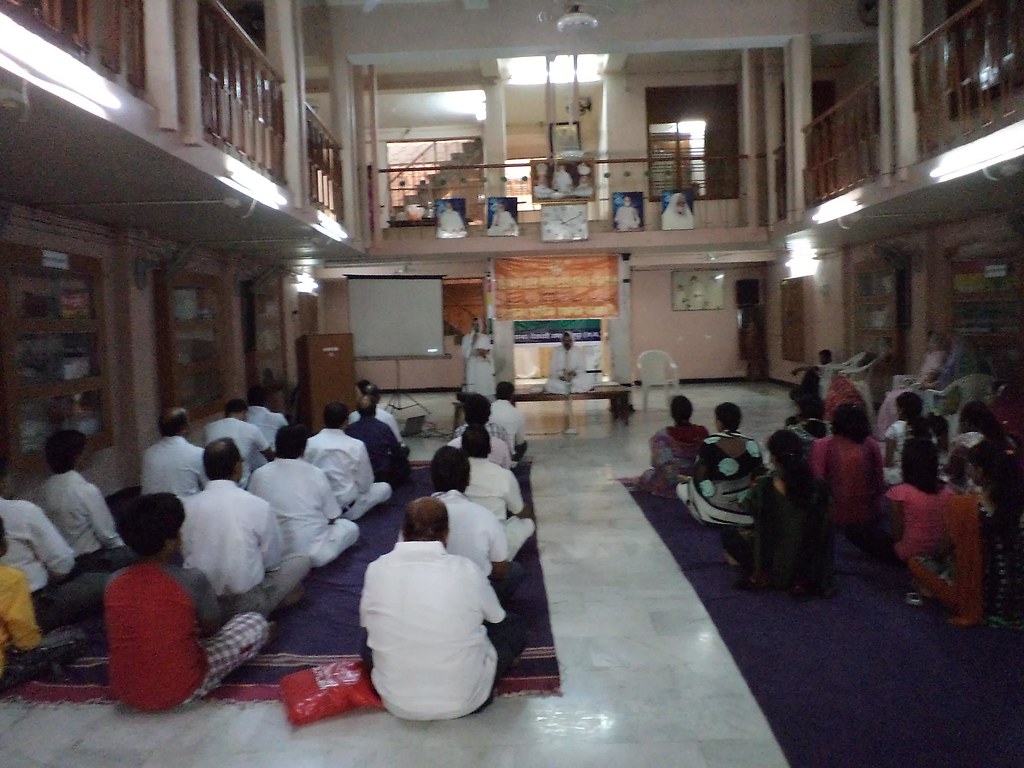 |
 |
 |
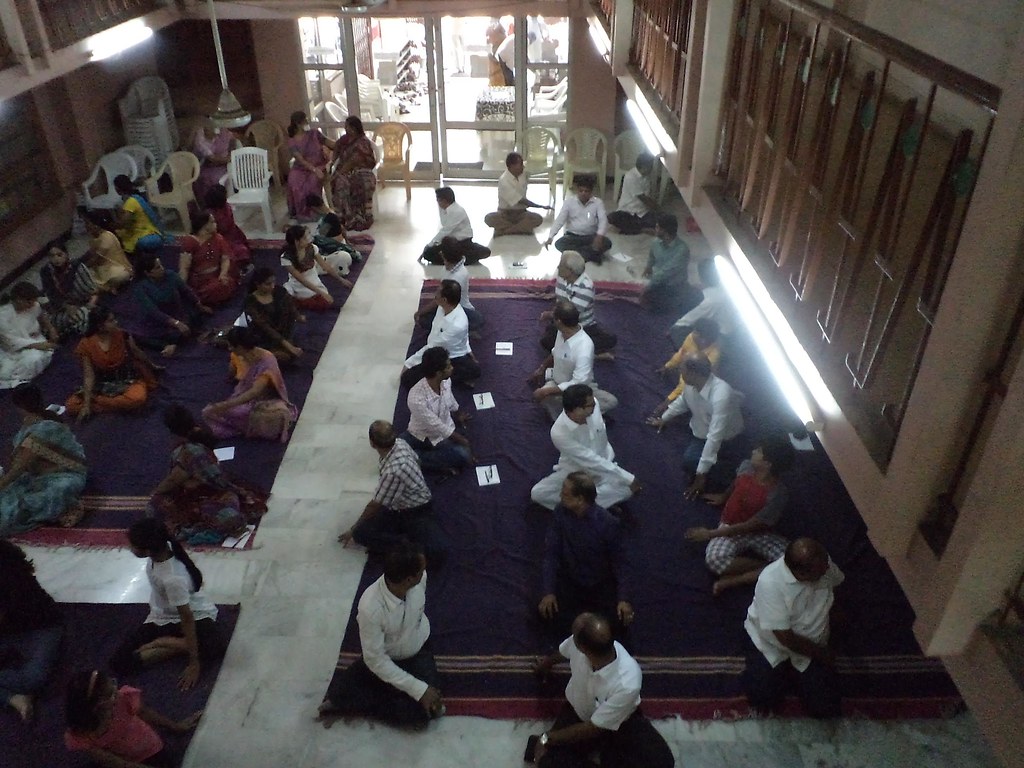 |
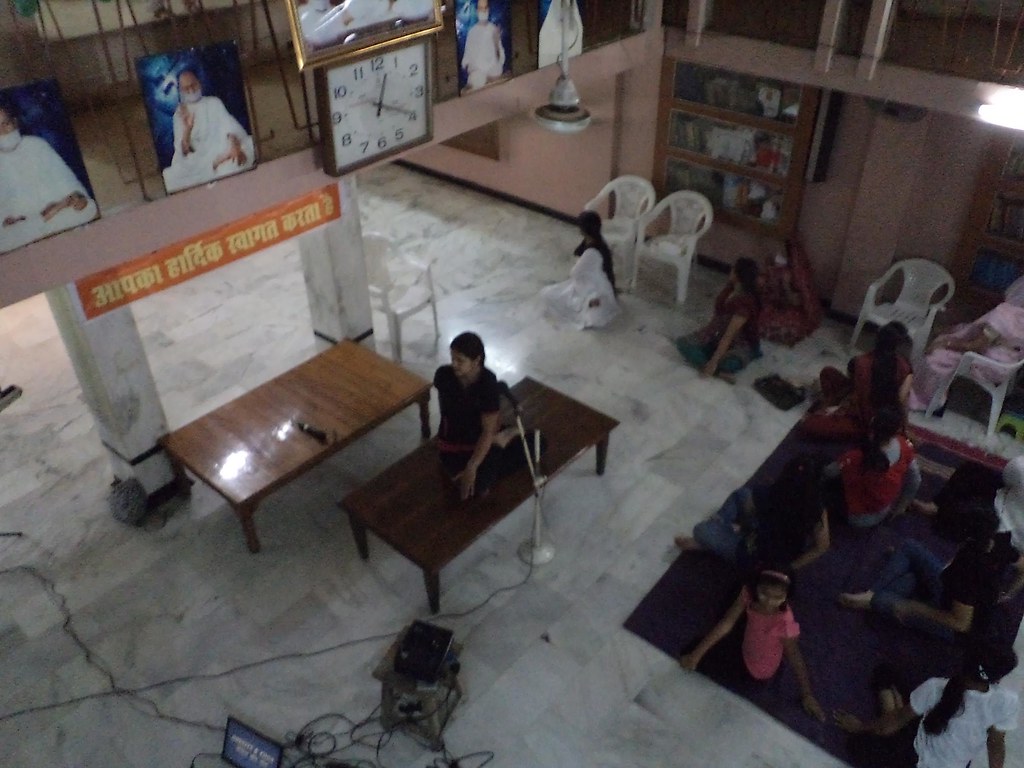 |
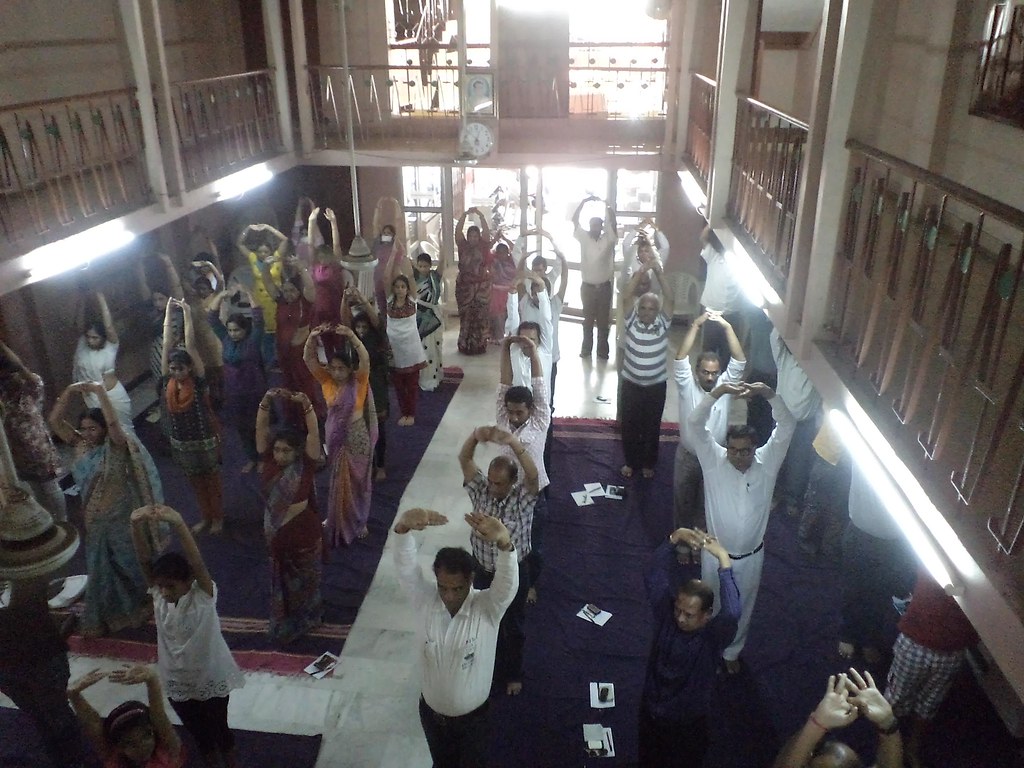 |
 |
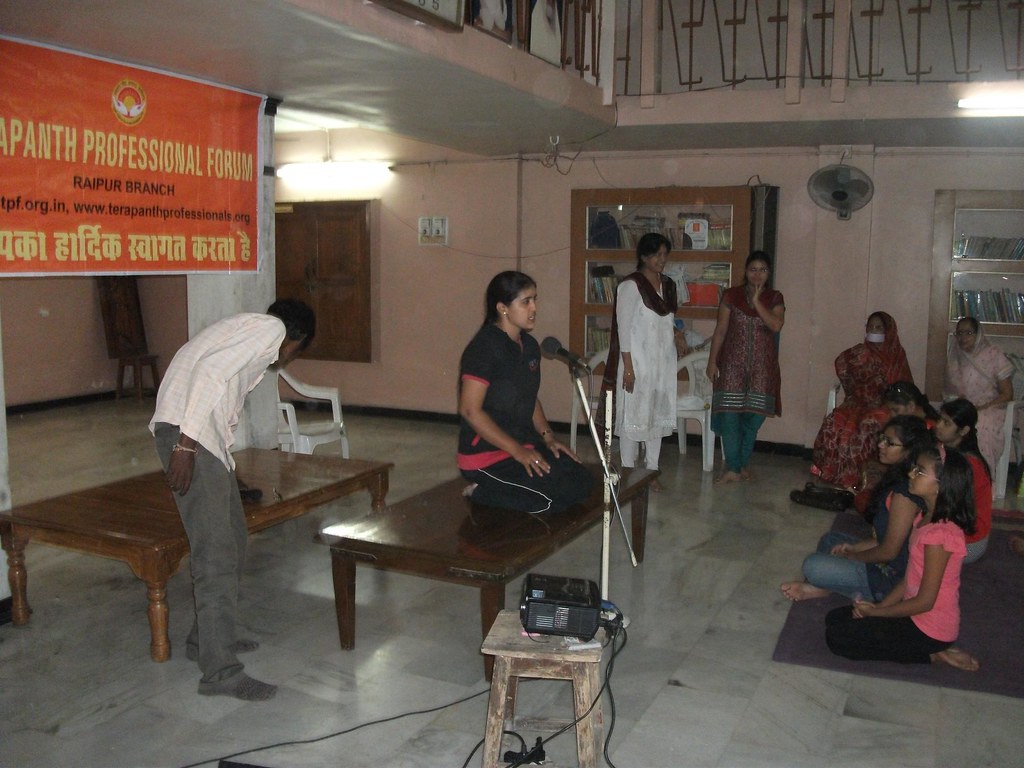 |
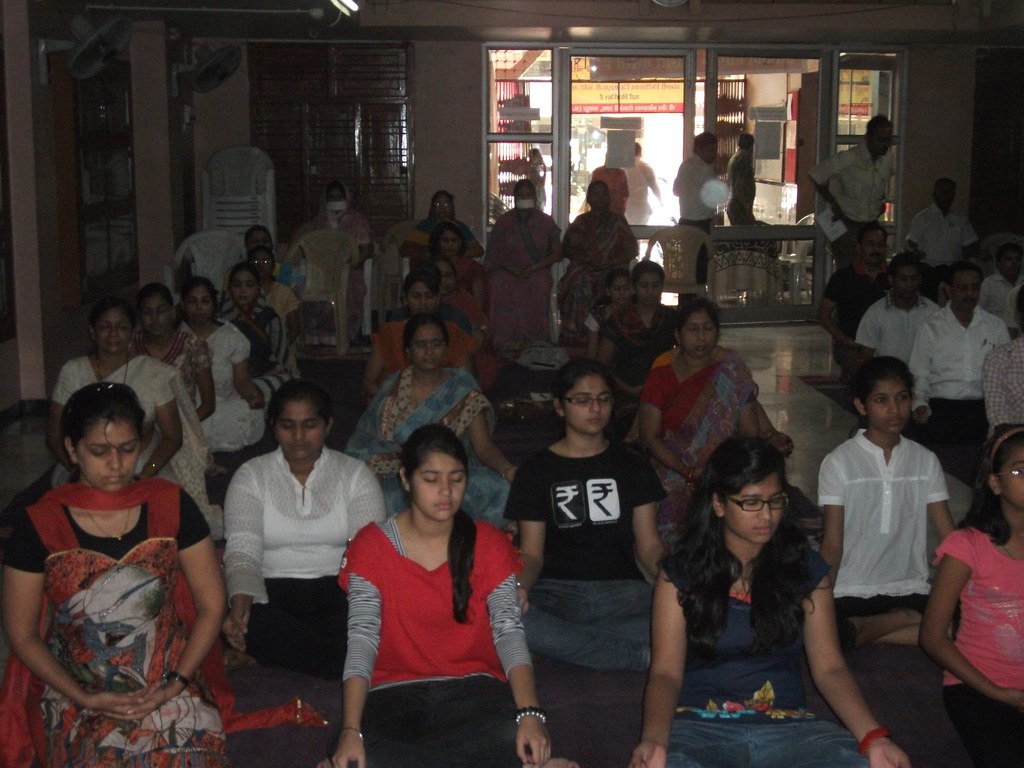 |
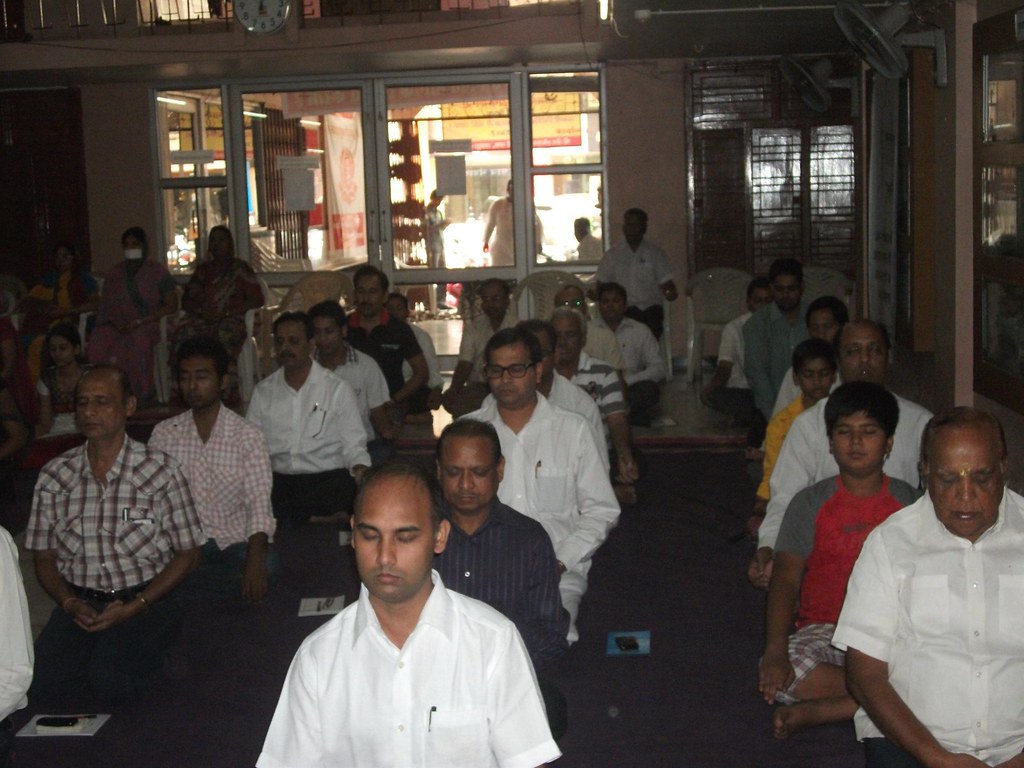 |
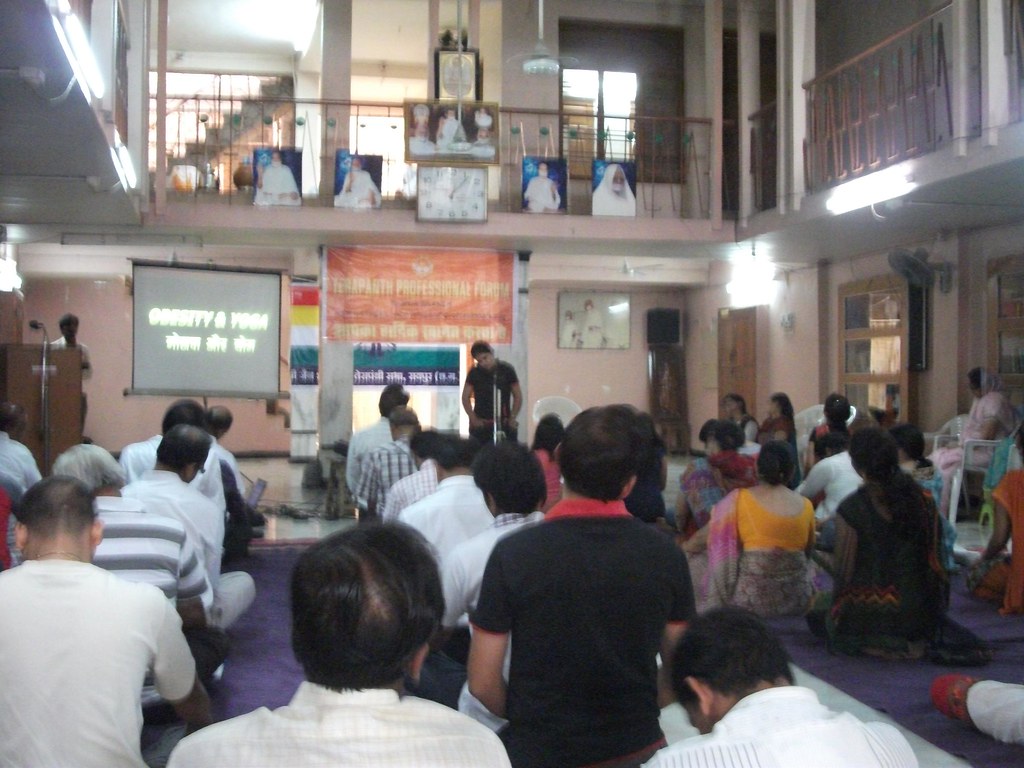 |
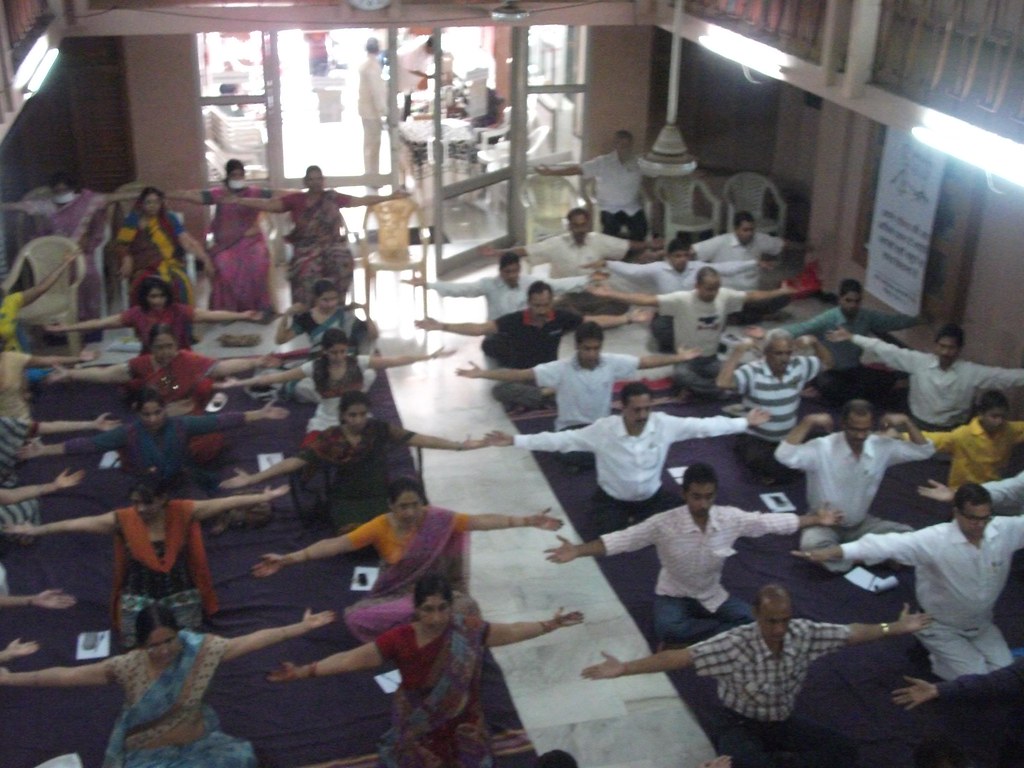 |
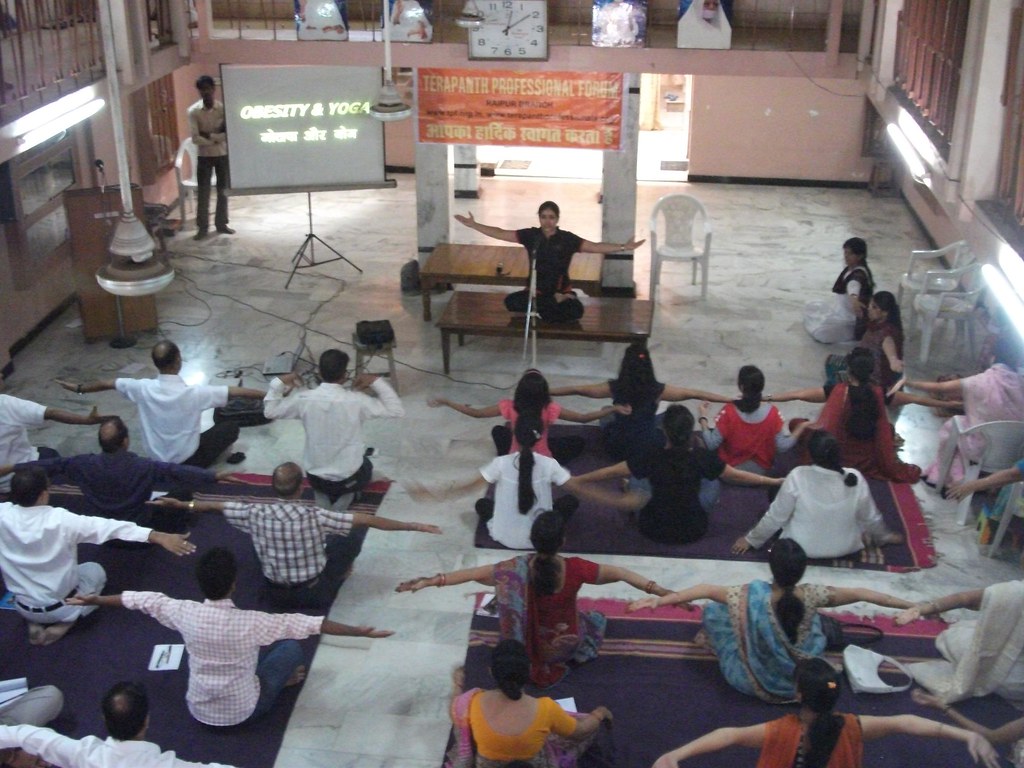 |
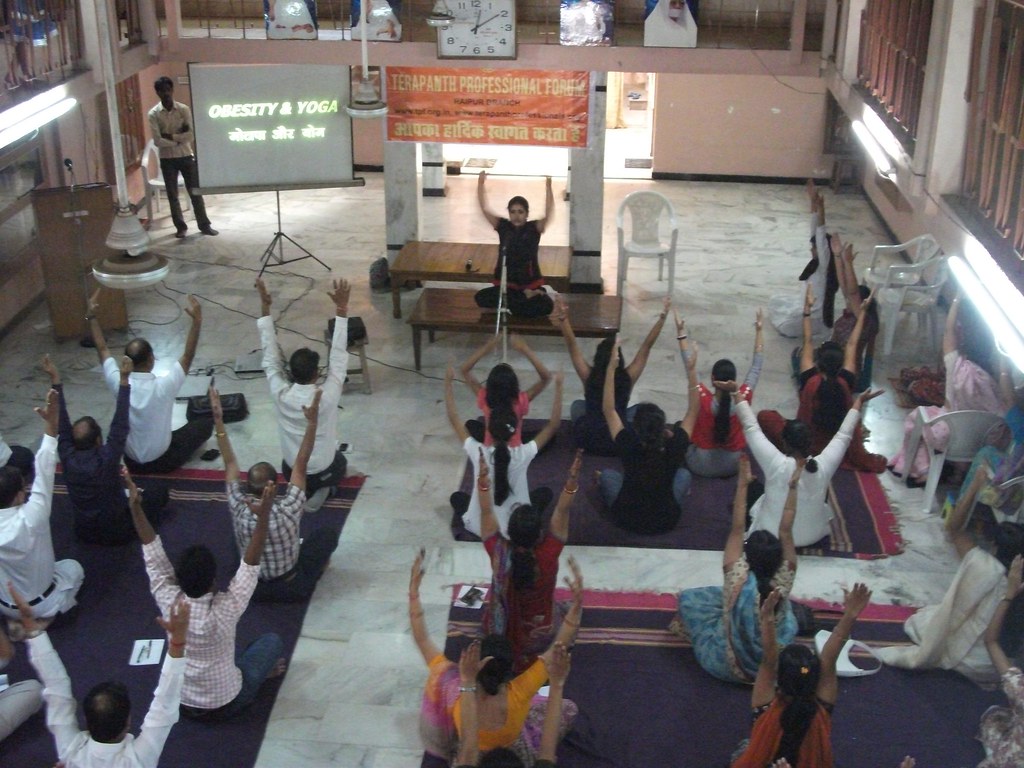 |
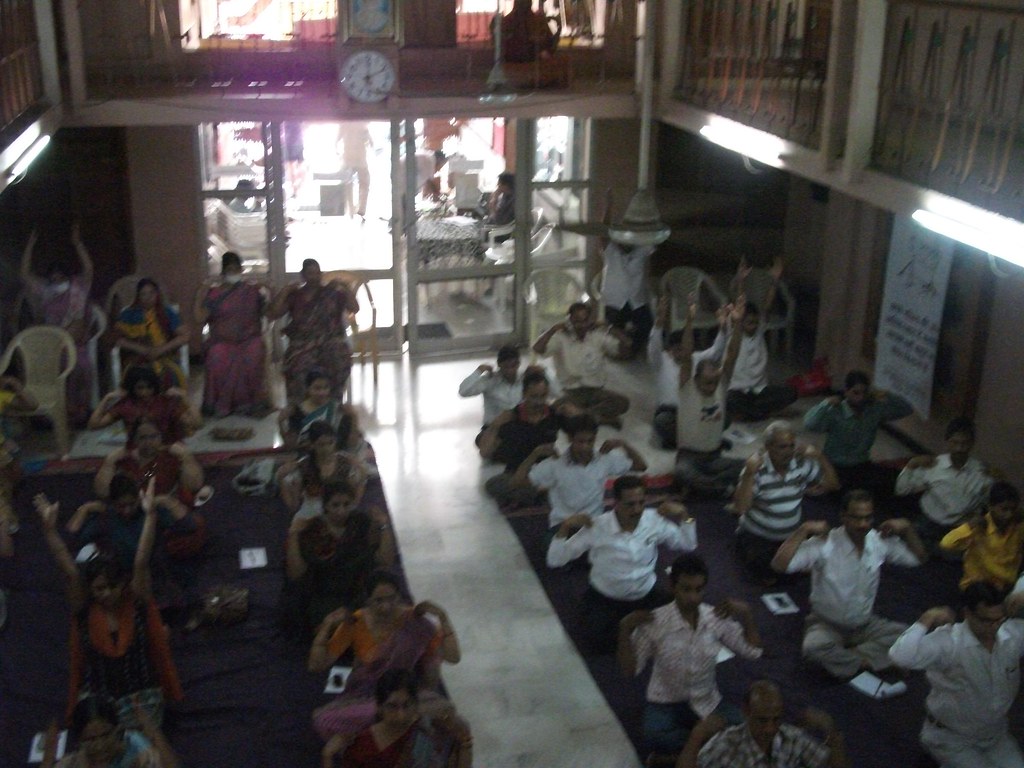 |
 |
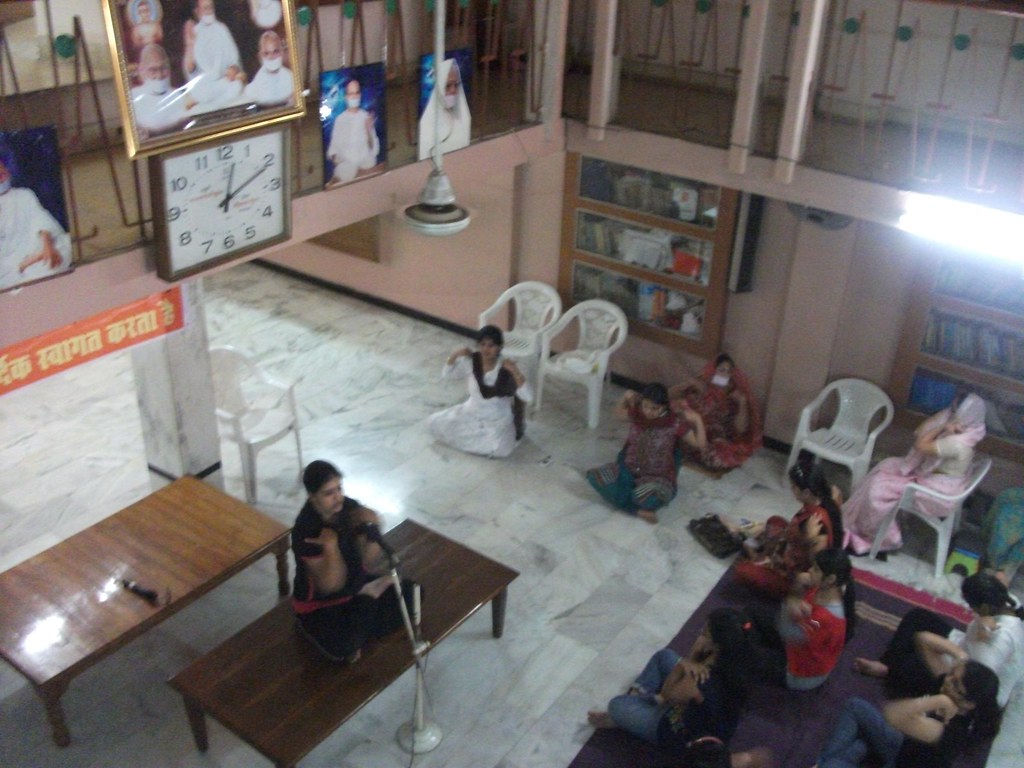 |
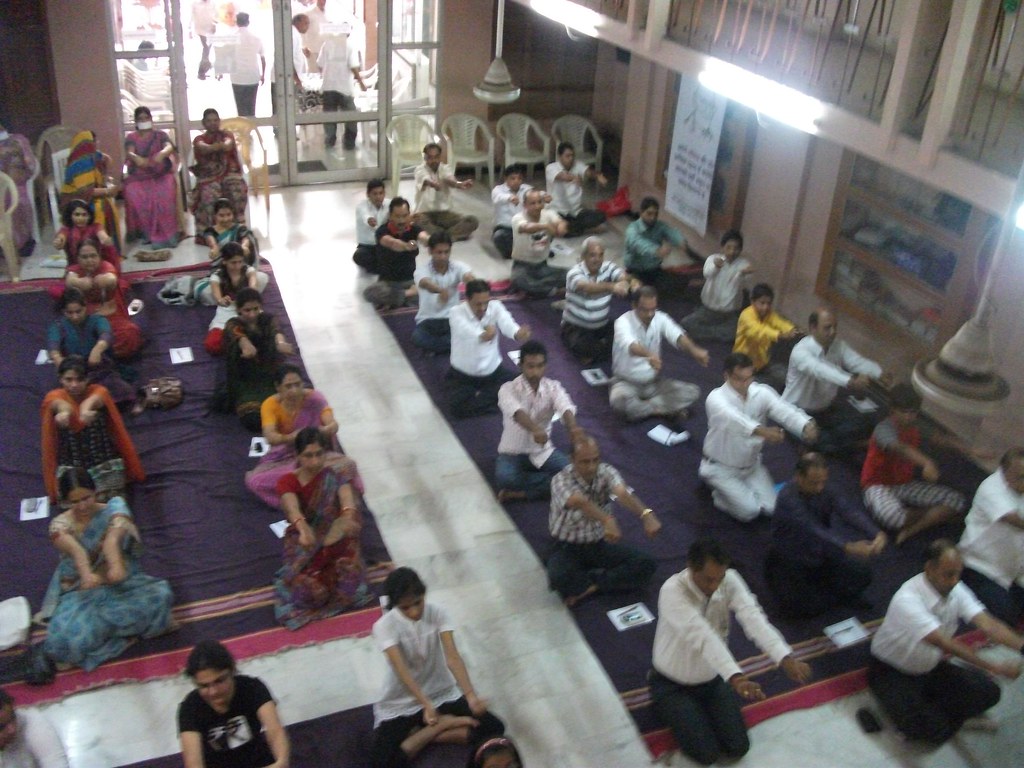 |
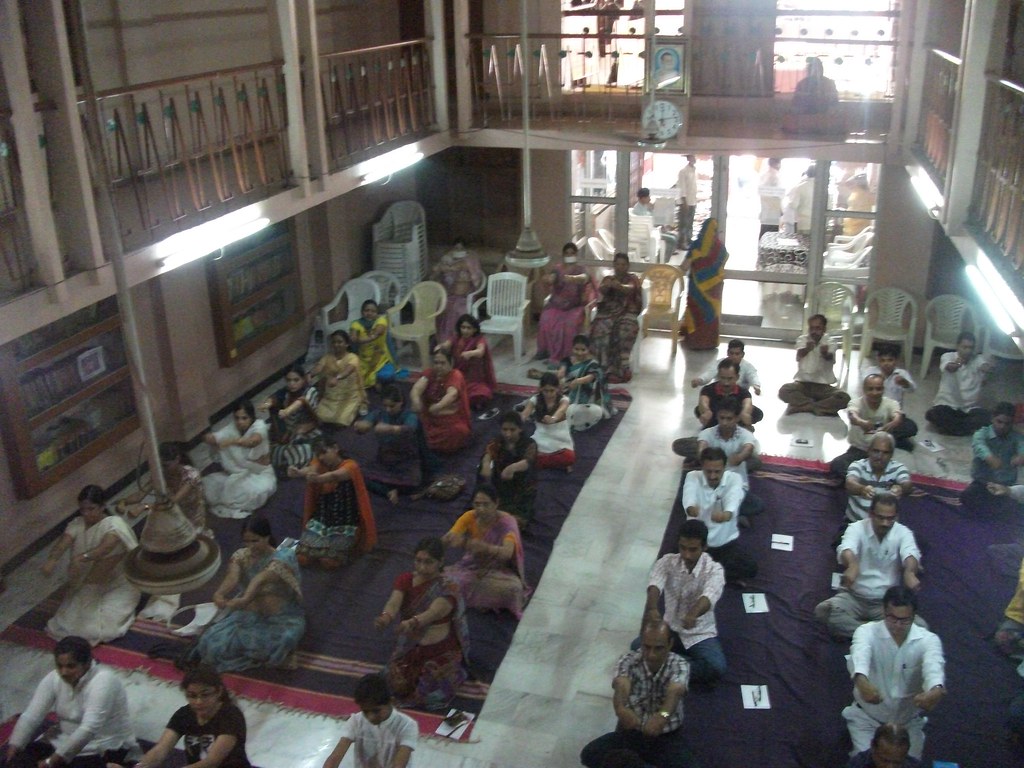 |
 |
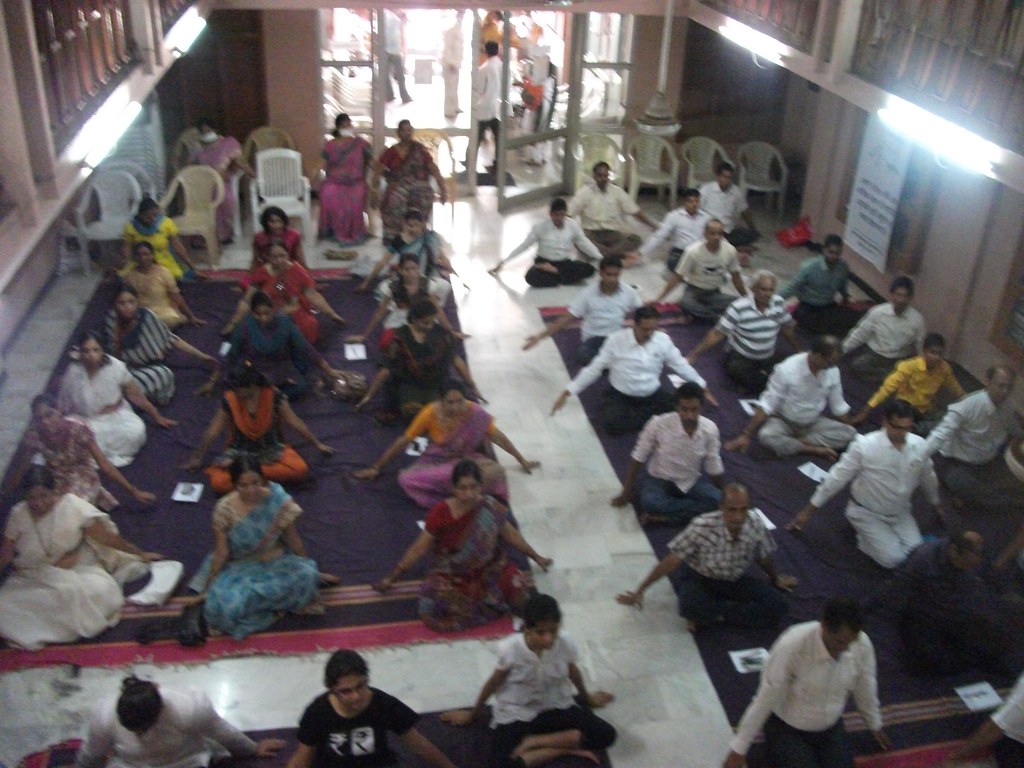 |
 Ritu S. Jain
Ritu S. Jain